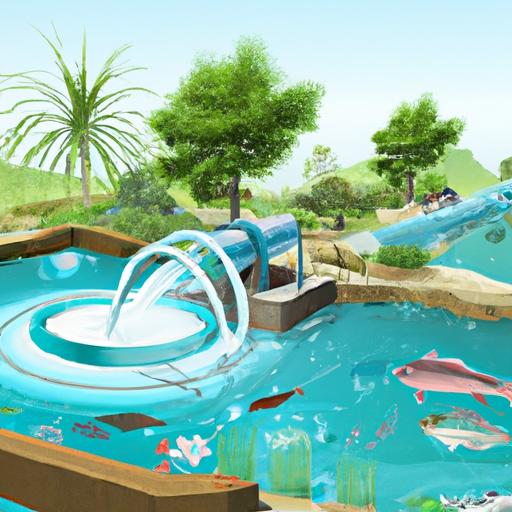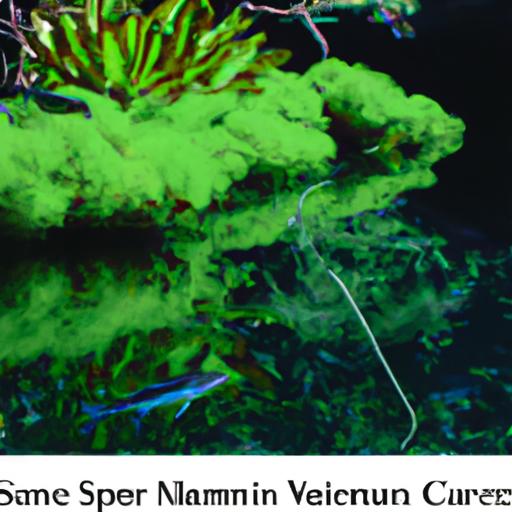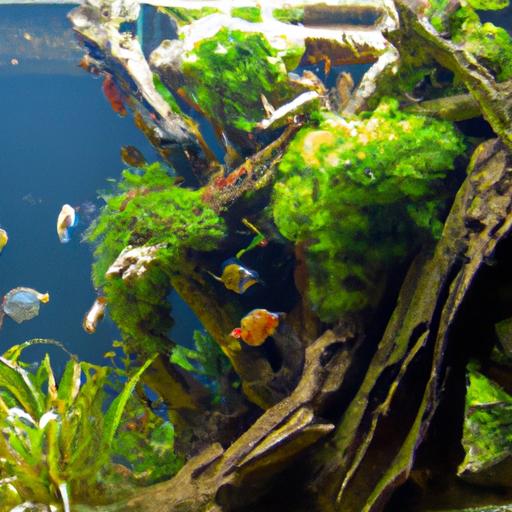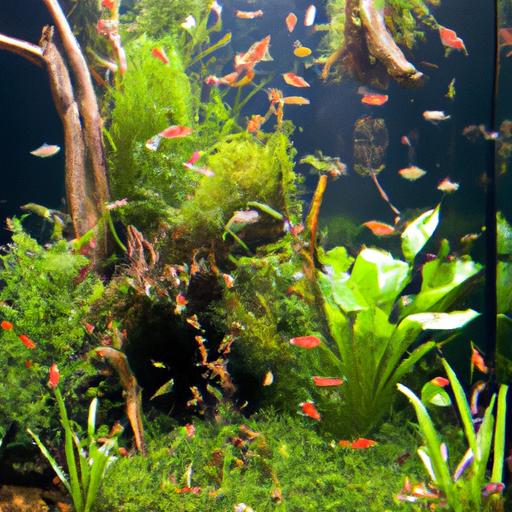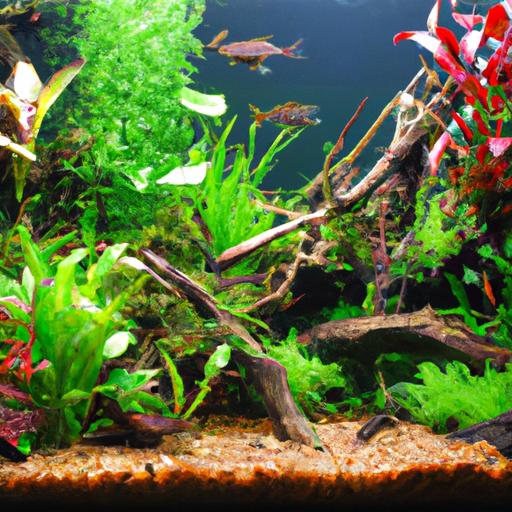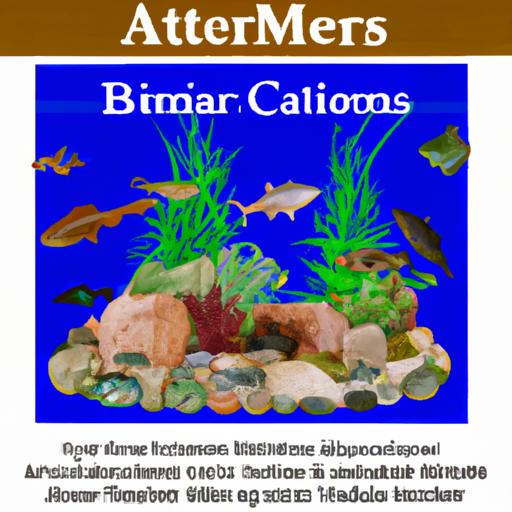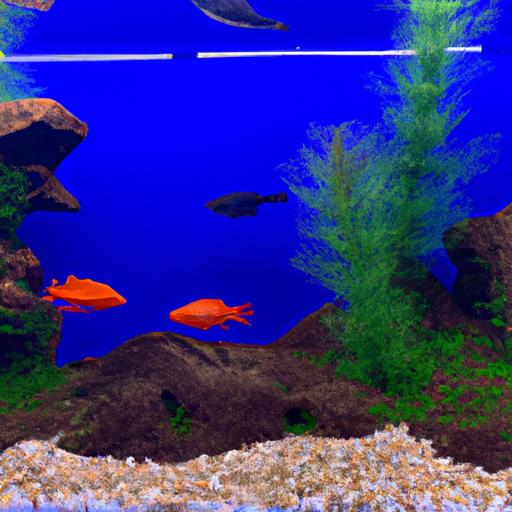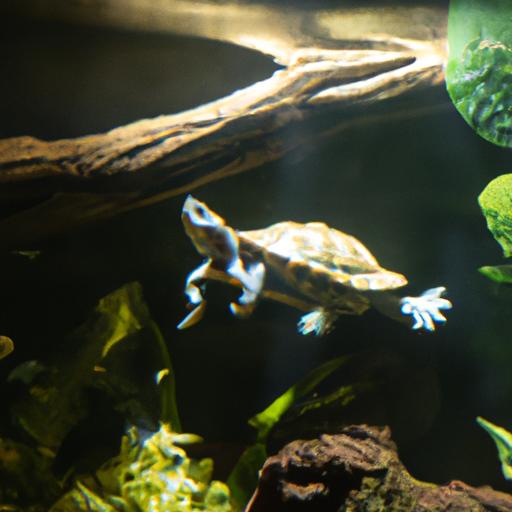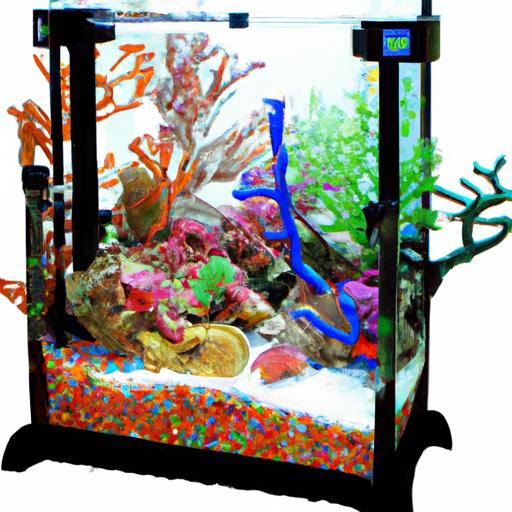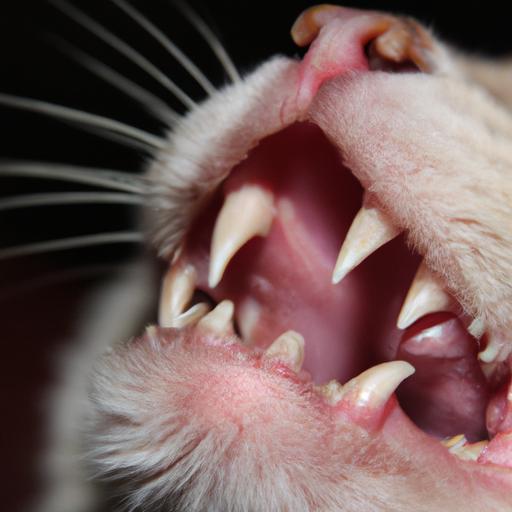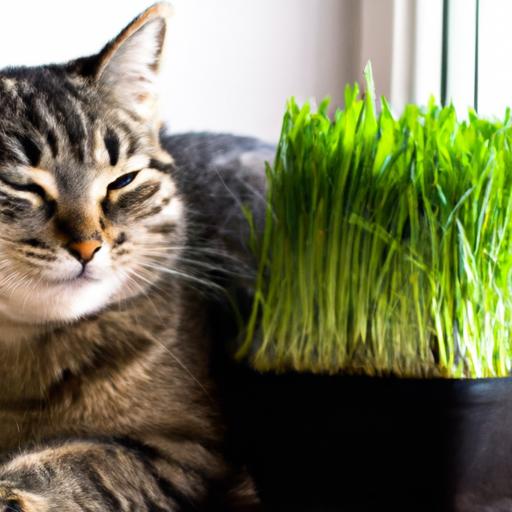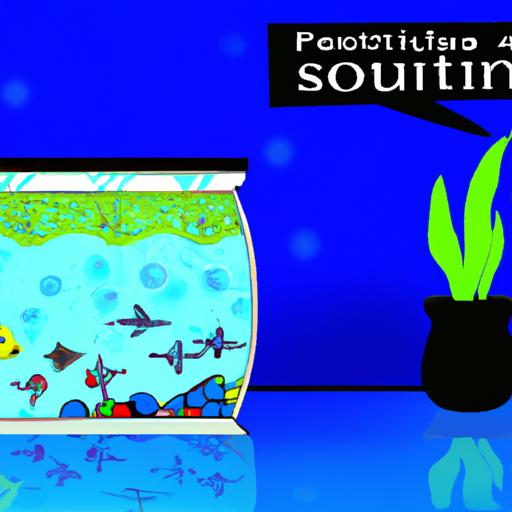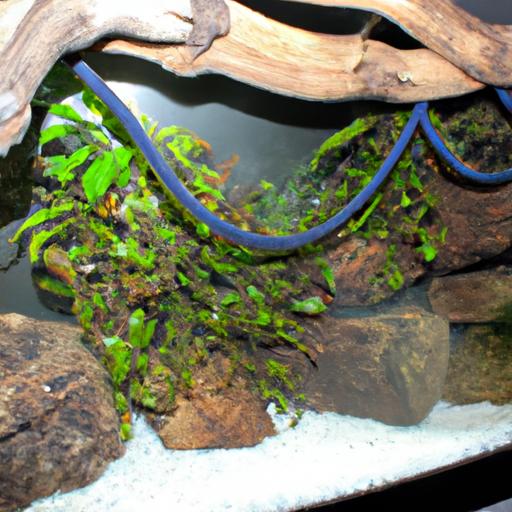
Tips for Creating a Unique Vivarium
Discover expert tips for creating a unique vivarium that stands out from the rest. Design a captivating environment for your reptiles or plants!
Vivariums serve as captivating environments for reptiles or plants, allowing us to observe their natural behaviors up close. Creating a unique vivarium not only provides an aesthetically pleasing space but also ensures the well-being of its inhabitants. In this article, we will explore some valuable tips to help you design a vivarium that stands out from the rest.
Introduction
When it comes to creating a vivarium, it’s essential to consider not only the needs of the inhabitants but also the aesthetics of the overall design. To make your vivarium truly unique, we’ll delve into some expert tips that incorporate SEO strategies to maximize visibility. Let’s explore how you can transform your vivarium into a captivating and thriving ecosystem.
Tips for Creating a Unique Vivarium
Choose the Right Enclosure
The first step in creating a unique vivarium is selecting the appropriate enclosure. The size and shape of the vivarium should be based on the species and number of inhabitants. A spacious enclosure allows the inhabitants to exhibit their natural behaviors and provides ample room for plant growth.
When choosing the material for the enclosure, consider factors such as durability and visibility. Glass and acrylic enclosures offer excellent visibility, while wooden enclosures provide a more natural aesthetic. Ensure the material chosen aligns with the needs of the inhabitants and complements the overall design of the vivarium.
Determine the Ideal Substrate
The substrate plays a crucial role in the vivarium’s ecosystem. It provides a foundation for plants, aids in moisture retention, and contributes to the overall aesthetics. Research the specific needs of your vivarium inhabitants and select the appropriate substrate accordingly.
Consider using a combination of substrates to create a diverse landscape. For example, using a mixture of soil, moss, and sand can provide different textures and moisture levels. Remember to maintain an adequate substrate depth to facilitate proper drainage and plant growth.
Design an Engaging Landscape
Creating a visually pleasing and natural environment is key to making your vivarium unique. Incorporate different elements such as rocks, branches, and plants to enhance the landscape. Think of your vivarium as a miniature version of the natural habitat of its inhabitants.
Try to create different levels and hiding spots to mimic the inhabitants’ natural behavior. This will provide them with a sense of security and encourage exploration. Additionally, incorporating a variety of plant species will not only enhance the aesthetics but also contribute to the vivarium’s overall ecosystem.
Maintain Proper Lighting and Temperature
Proper lighting and temperature control are vital for the health and well-being of vivarium inhabitants. Research the lighting requirements of your specific species and invest in suitable lighting equipment. Ensure that the lighting is consistent and mimics natural daylight cycles.
Temperature regulation is equally important. Install a thermostat or heating system to maintain optimal temperature levels. Consistency is key, as fluctuations in temperature can negatively impact the inhabitants. Regular monitoring and adjustments are necessary to ensure a stable and comfortable environment.
FAQ (Frequently Asked Questions)
What species are suitable for vivariums?
Vivariums can accommodate a wide range of reptiles, amphibians, and even certain plant species. Research the specific requirements of your desired species to determine their suitability for a vivarium environment.
How often should the vivarium be cleaned?
The frequency of cleaning depends on the inhabitants and the vivarium’s size. Generally, spot cleaning should be performed regularly to remove waste, while a thorough cleaning can be done on a weekly or bi-weekly basis.
Can live plants be incorporated into a vivarium?
Absolutely! Live plants not only enhance the aesthetics of a vivarium but also contribute to the overall ecosystem. They provide oxygen, remove toxins, and create a more natural and dynamic environment for the inhabitants.
How can I control humidity levels in a vivarium?
Maintaining appropriate humidity levels is crucial, especially for tropical species. You can use a combination of misting, proper substrate, and ventilation to control humidity. Monitoring devices such as hygrometers can help you maintain the desired humidity range.
What are some common mistakes to avoid when creating a vivarium?
Avoid overcrowding the enclosure, as it can lead to stress and health issues for the inhabitants. Additionally, neglecting proper maintenance, such as cleaning and monitoring temperature and humidity levels, can have detrimental effects. Finally, research the specific needs of your inhabitants to avoid inappropriate substrate, lighting, or temperature choices.
Conclusion
By following these tips, you can create a unique vivarium that not only caters to the needs of its inhabitants but also captivates and delights the observer. Remember to choose the right enclosure, determine the ideal substrate, design an engaging landscape, and maintain proper lighting and temperature levels. With careful planning and consideration, your vivarium will become a stunning and thriving ecosystem that showcases your creativity and passion for the natural world.
